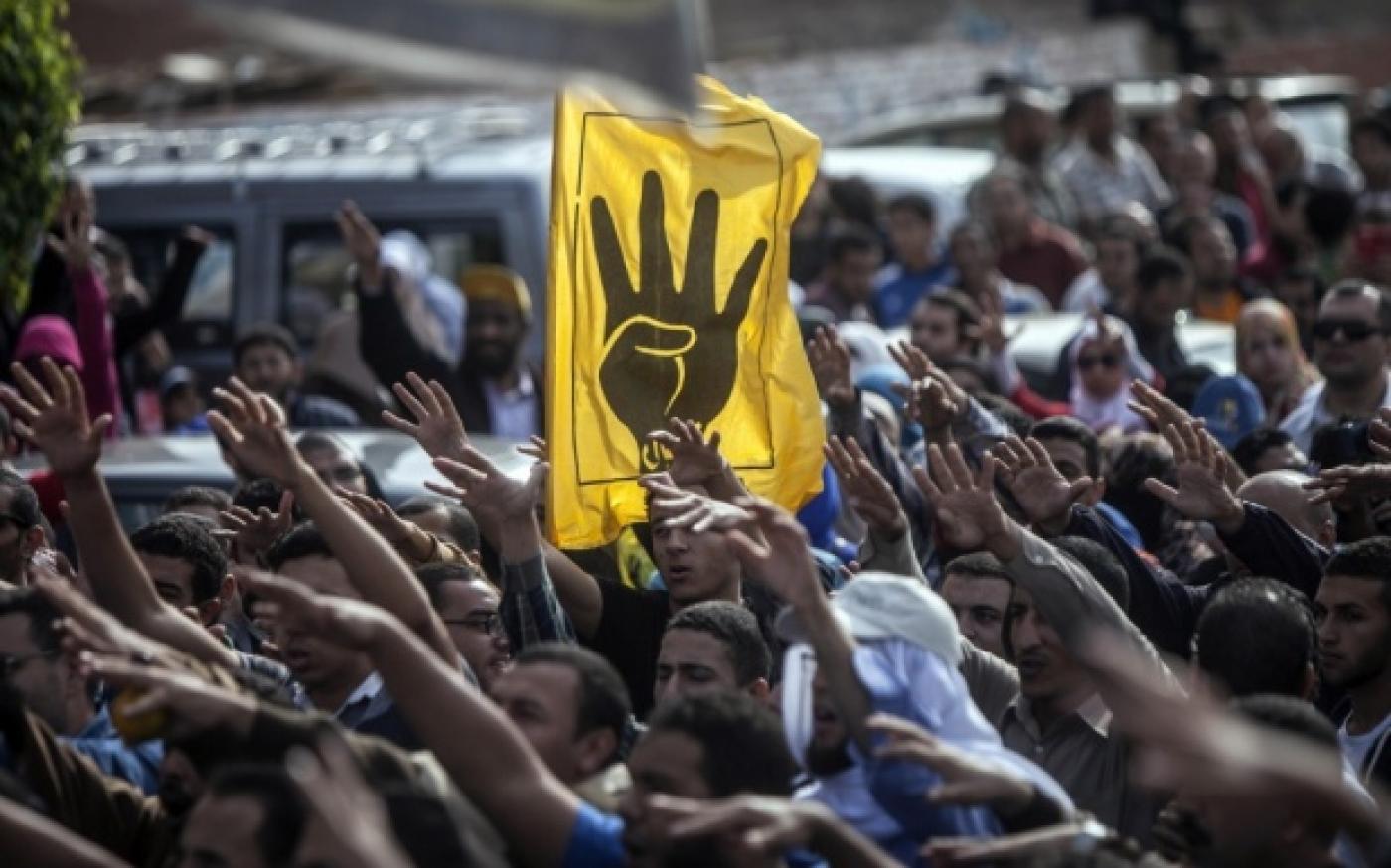Since its establishment in 1928, deception and fact falsification are, in my opinion, the basis on which the ideology of the group was formed. The Muslim Brotherhood group, which was founded by the Egyptian school teacher Hassan al-Banna, has a long history of deception to the extent that Egyptians associate it with faking facts and misleading the mass today. As a young journalist writing for English-language outlets, this fact was not clear to me for nearly two years. The deception strategy of the MB succeeded in instilling an unlimited wave of sympathy towards the promoted stories of torture and forcible disappearances in me. However, the recent propaganda that followed the execution of nine perpetrators accused of plotting the assassination of Egypt’s former general prosecutor raised many questions, even for me. The most pressing matter was, without a doubt, citizen understanding of the role of media and on how certain facts were losing their shape due to social media. As a journalist, I admit that I ran many stories on a number of MB members who were labeled as ‘forcibly disappeared’; the stories that I wrote were defending them and calling…
A Look at the Muslim Brotherhood’s History of Fraud, and the Empathy Trap
March 15, 2019



